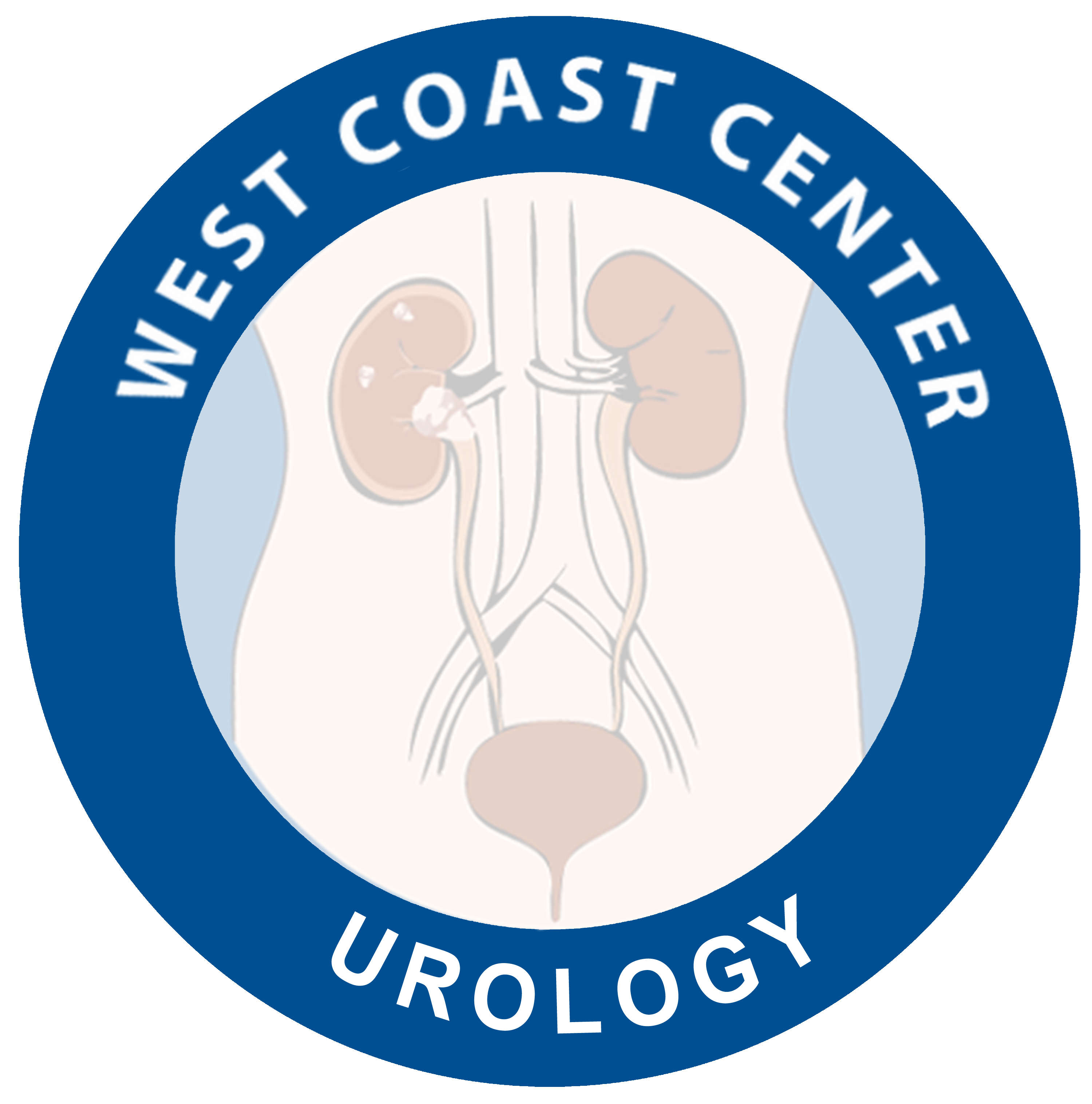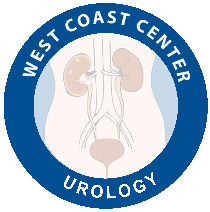- Urinary Incontinence and voiding dysfunction
- Men: Stress Urinary Incontinence
- Men: Pelvic Floor Rehabilitation
- Men: Transurethral Injection of Bulking Agents
- Men: Male Slings
- Men: Artificial Urinary Sphincter (AUS)
- Men: Adjustable continence device (Pro-ACT ) (Investigational)
- Women: Stress Urinary Incontinence
- Women: Pelvic Floor Rehabilitation
- Women: Transurethral Injection of Bulking Agents
- Women: Minimally Invasive Slings
- Women: Adjustable Continence Device
- Urge Incontinence in men and women
- Behavior Modification, Pelvic floor Rehabilitation and Biofeedback
- Botox Injection
- Sacral Neuromodulation
- Percutenous Tibial Nerve Simulation (PTNS)
Female Pelvic Floor Rehabilitation
The pelvic floor muscle is an integral part of our urogenital system. It has three very important functions that it must perform very well for us to have good pelvic health. These functions are defined as 3 “S”: Supportive, sphincteric, and sexual. First it must support our pelvic organs (bladder, uterus, and rectum) against the forces of gravity and bodily stress with aging, trauma and activity. Secondly, the pelvic floor must maintain closure of our urine tube (urethra) and anus so we are able to control our bowel and bladder without leaking, which is called continence or sphincteric. However, our pelvic floor must also have the ability to relax to allow our bladder and rectum to empty well. Third, it plays a crucial role during sexual activities and orgasm.
Unfortunately our pelvic floor muscle may not always maintain proper function requiring rehabilitation to restore it. This may result in urinary and fecal incontinence as well as various forms of voiding dysfunction.
- Pelvic floor muscle exercises, also known as Kegel exercises are the most important component to assist in recovery from mild to moderate urinary incontinence. These exercises are designed to strengthen the muscles responsible for maintaining good closure around the urethra and the bladder opening to prevent unwanted urine loss. Also, a better functioning pelvic floor muscle will support and communicate with the bladder to help reduce early bladder activity resulting in frequent trips to the bathroom. It is very important that you perform the exercises correctly and regularly to gain the maximum benefit.Patient education is a very valuable component within rehabilitation. It is very important for us to know about proper fluid intake, how to control our bladder urges, and when to voluntarily activate our pelvic floor muscle to support us during everyday activities.Identifying the pelvic musclesTighten your rectum as if you are trying to control passing gas or pinching off a stool. Do not tense the muscles of your legs, buttocks or abdomen, and do not hold your breath. Another way to identify these muscles is to try to stop the flow of urine. Our pelvic floor rehabilitation specialist will assist you in identifying the proper muscles using biofeedback techniques.
- Biofeedback is a computer based monitoring system that measures muscle activity and can be used to help with pelvic floor muscle training. It is usually required when someone needs assistance in learning how to contract and relax the pelvic floor muscle to perform the exercises properly.
- Electrical stimulation is another modality that can also assist in helping someone achieve improved pelvic floor muscle activity. It uses an electric current to stimulate the nervous system to activate the muscle in a pain free manner.
How and when to exercise the muscles:
Exercise is best done after emptying your bladder.
Tighten the muscles and hold for 3-5 seconds. As your muscles get stronger, you should be able to tighten your muscles for 10 seconds or longer.
Relax for 3-5 seconds or for as long as you tightened the muscles.
You can do these exercises anywhere, at anytime-sitting, lying or standing. People around you will not even know you are doing them. Just develop a routine so you remember to exercise every day.
Things to remember:
- Tighten pelvic floor muscles, DO NOT TIGHTEN leg, buttocks or abdominal muscles.
- Breath normally when exercising.
- Pelvic floor rehabilitation takes time and motivation. You should start noticing some improvement after 4-6 weeks of consistent daily exercise and significant improvement after 3-6 months.

